
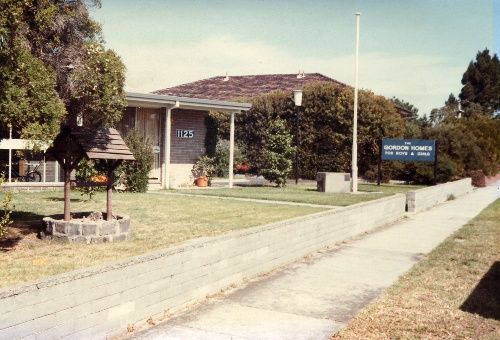
The Gordon Homes for Boys opened in Highett in 1951. Formerly, services had been provided at the Gordon Institute in Melbourne. The Homes accommodated boys aged between 5 and 14 in cottage homes. In 1969, the Home became the Gordon Homes for Boys and Girls. The Gordon Homes for Boys were located on the Nepean…
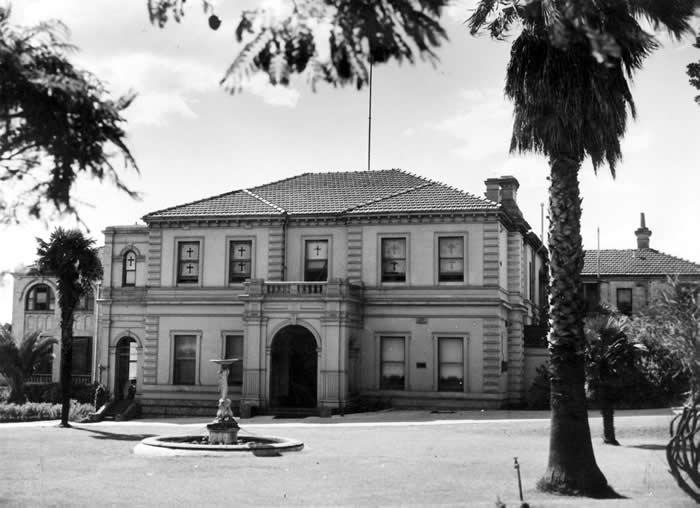
St Anthony’s Home was the new name given in 1943 to St Anthony’s Children’s Home, in Kew. It was run the Sisters of St Joseph, and accommodated boys aged between 3 and 6. In 1976, the Home closed and services were transferred to St Anthony’s Family Service, in Footscray. In November 1955, St Anthony’s Home…
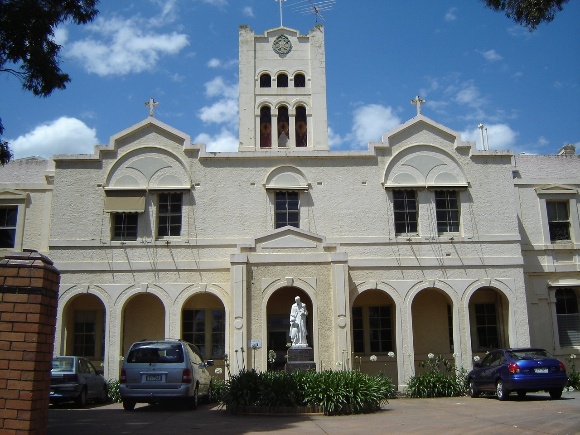
The St Vincent de Paul Boys’ Home was renamed from St Vincent de Paul Orphanage for Boys in 1967. It was run by the Christian Brothers and located in South Melbourne. The St Vincent de Paul Boys’ Home closed in 1997. Since closing, the St Vincent de Paul Boys’ Home has been the subject of…
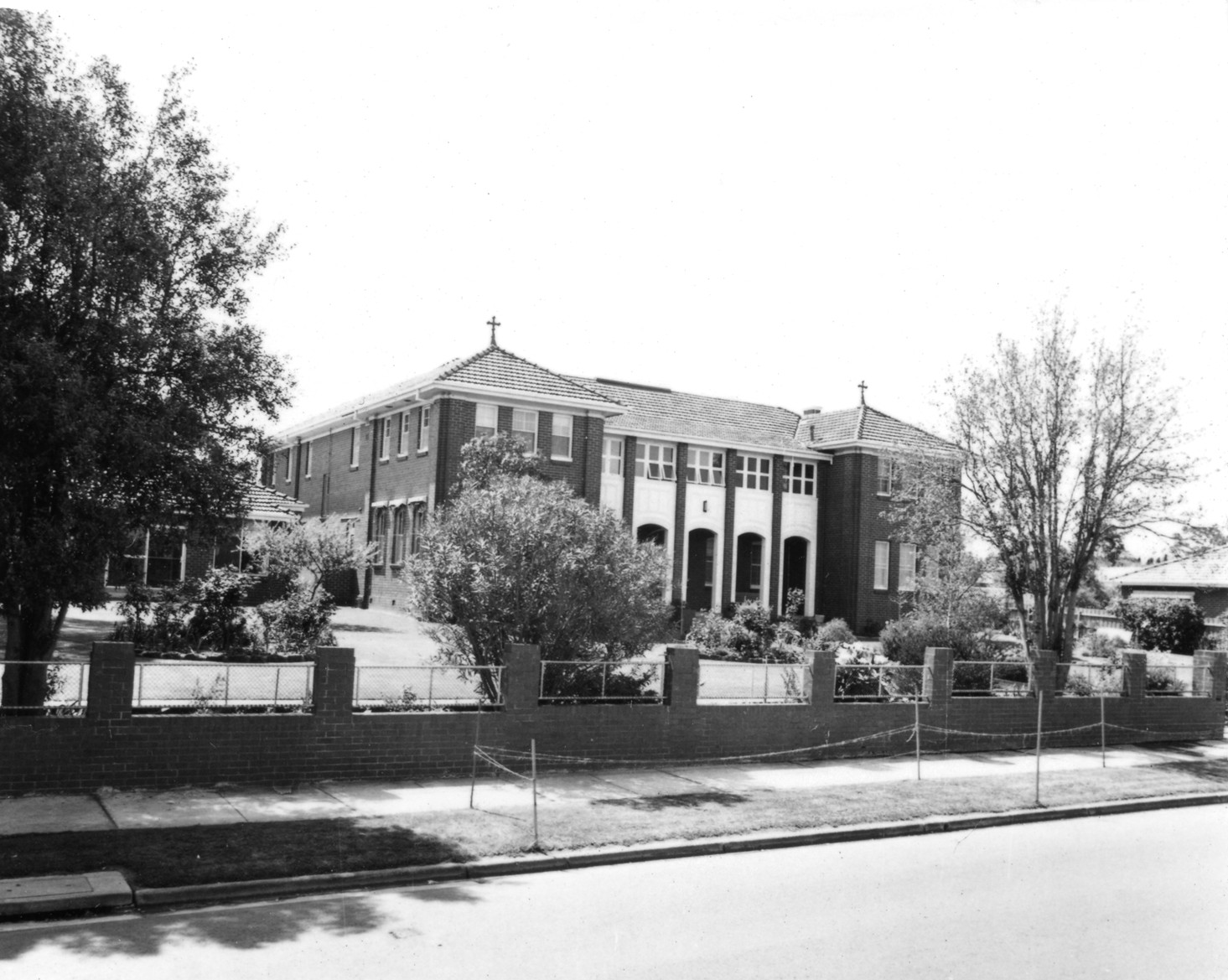
St Vincent de Paul Children’s Home was renamed from St Vincent de Paul Girls’ Orphanage in 1962, and was run by the Sisters of Mercy. In 1966, the Home relocated from South Melbourne to Black Rock where children were housed in family group homes. In 1992, its name changed to St Vincent de Paul Child…
The Care of Children Committee, chaired by Dame Myra Curtis, reported to the British House of Commons in 1946. The Committee had investigated Children’s Homes in the United Kingdom and its landmark Report (commonly known as the Curtis Report), focused on the ‘remote and impersonal’ way of ‘caring’ for children. It recommended significant changes to…
Legacy is a national organisation that was established in 1923 to assist men returned from the Great War and their families. Initially established to improve business prospects for returned soldiers, in 1925 Legacy’s focus became the provision of assistance to the children of deceased servicemen. In the state of Victoria, Melbourne Legacy ran a number…
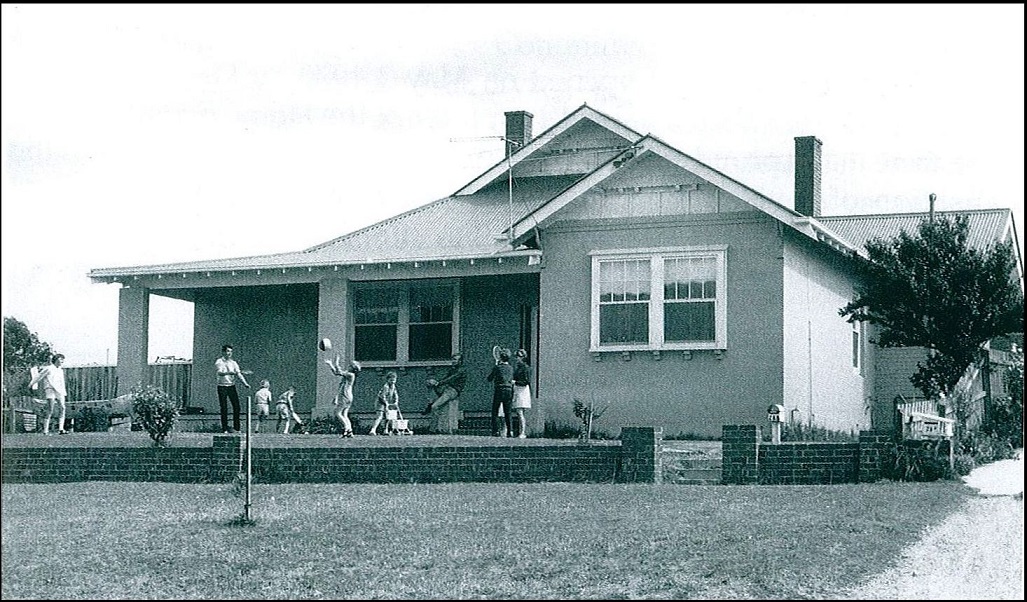
The Menzies Home for Children was the new name given in October 1961 to the former The Menzies Home for Boys. From this time Menzies allowed girls to be admitted and increasingly housed children in family group homes in the Frankston and Dandenong areas. The organisation became Menzies Inc. in 2000. The Menzies Home for…
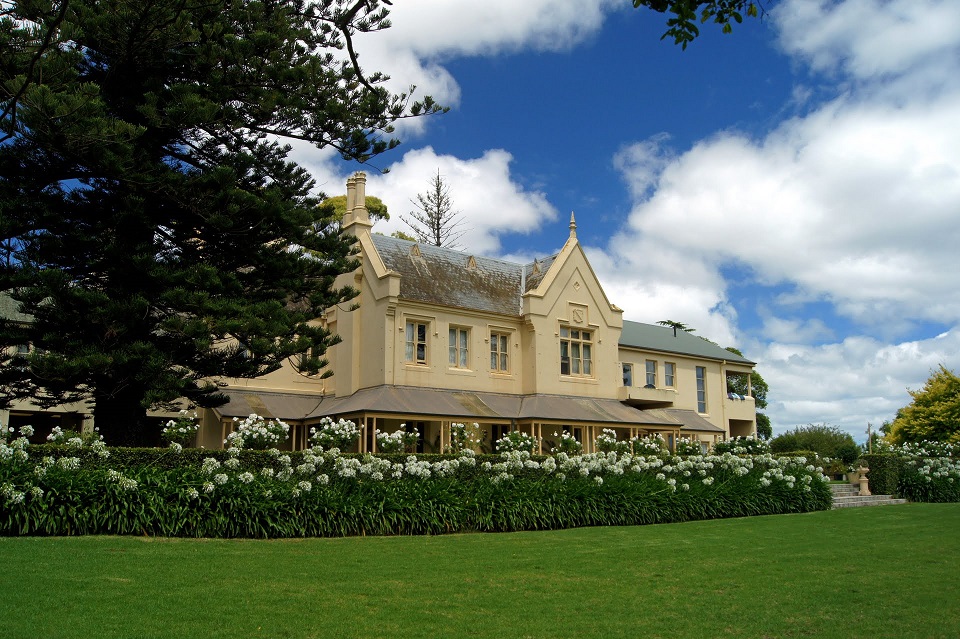
The Morning Star Boys’ Home in Mount Eliza (Mornington ) was established in 1932, and run by the Franciscan Brothers. It was a training centre for young offending boys. Morning Star ceased operation in September 1975. In 1932, the Archbishop of Melbourne received a bequest, part of the purpose of which was ‘to found a…
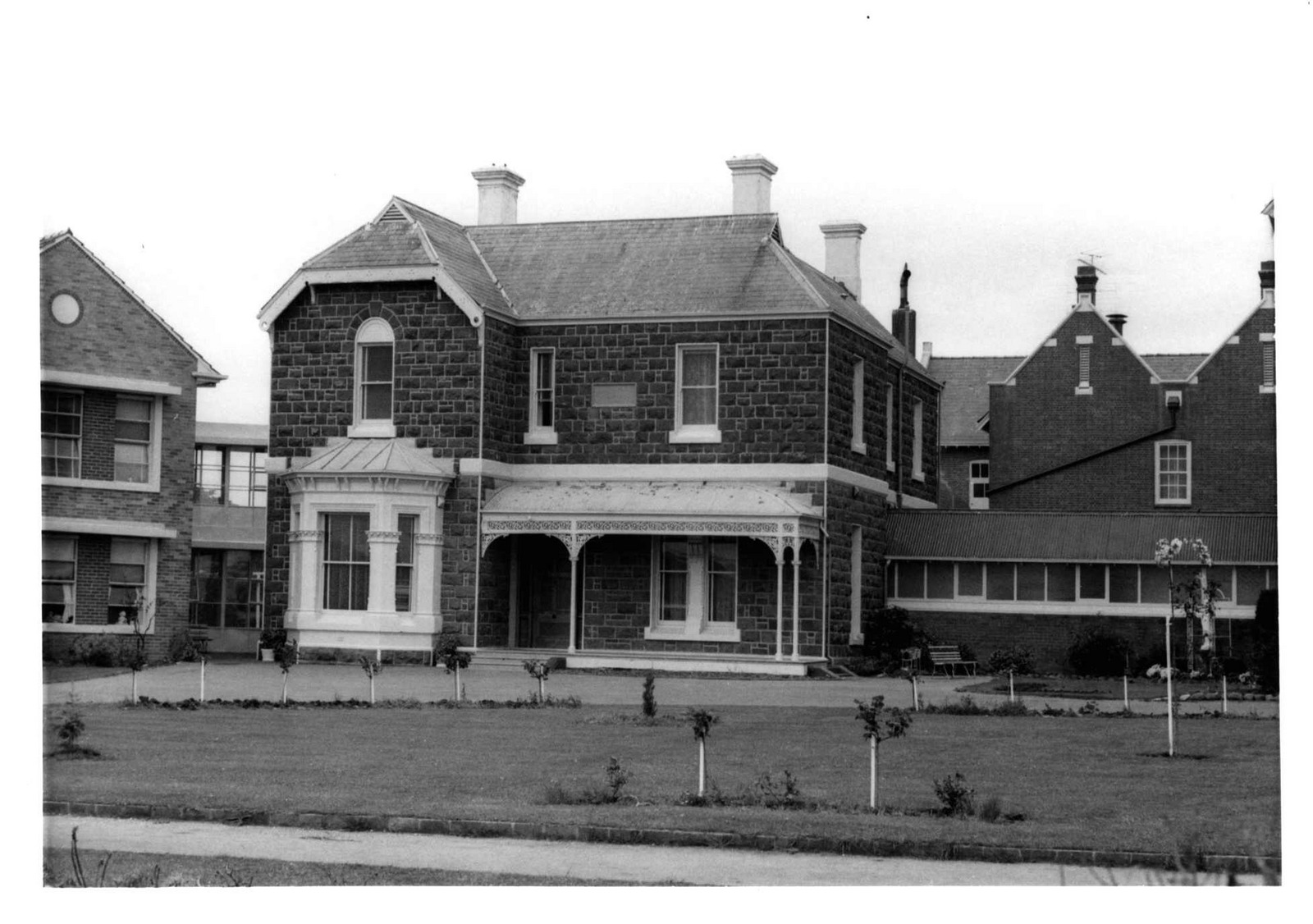
St Joseph’s Home, Sebastopol, was established in around 1911. It accommodated boys aged between 6 and 16, and some girls until the age of 6 when they were transferred to Nazareth House, Ballarat. Residential childcare ceased at St Joseph’s in 1980. The site of St Joseph’s Home was on Grant Street, Sebastapol (in the Ballarat…
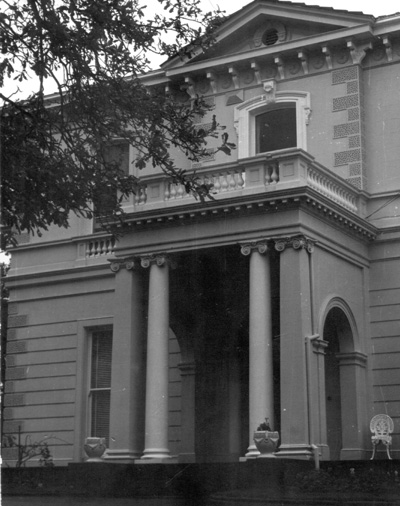
Marillac House in Brighton East was run by the Daughters of Charity from 1943. It included a school, and accommodated mostly girls aged 10 to 16, and some boys in its early years, with intellectual disabilities, or learning and social problems. In 2009, Marillac House continues to provide programs and services to people with a…